Table of Contents
Introduction
Struggling with minced onions going bad too quickly or whole onions losing flavor? Learn science-backed storage and usage tips to maximize freshness and flavor. This guide covers practical, expert-approved methods based on USDA food safety guidelines and trusted culinary sources like Food Network.
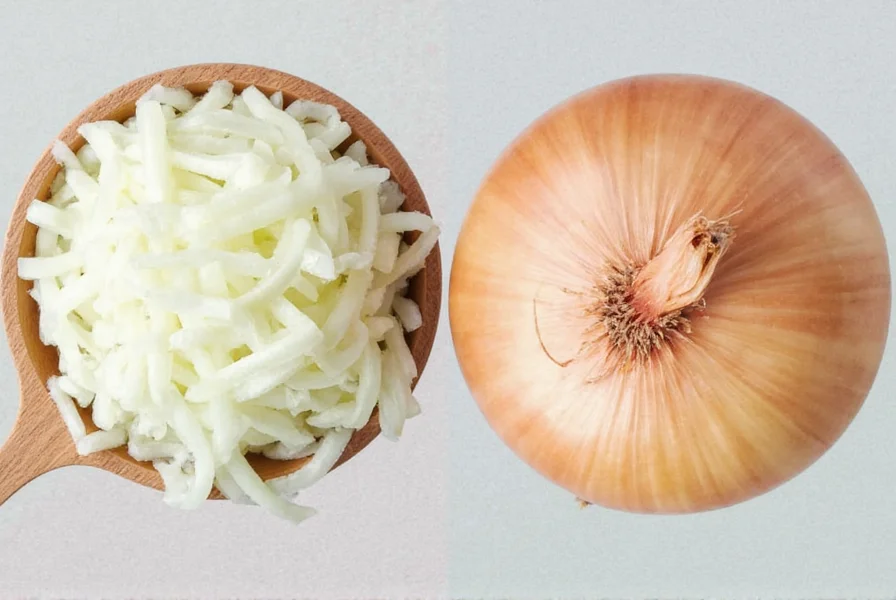
Minced onions and whole onions serve different purposes in cooking, and understanding their unique needs is key to avoiding waste. Whether you're prepping a quick stir-fry or a slow-cooked stew, these tips ensure your onions stay fresh and flavorful.
Storage Hacks for Minced Onions
Minced onions spoil faster than whole ones, but proper storage extends their life. Follow these evidence-based tips:
- Use an airtight container: Store minced onions in a sealed glass or plastic container in the fridge (per Food Network guidelines) to prevent drying and odor absorption.
- Add a bit of oil: A light coating of olive oil before storing retains moisture and extends shelf life by up to 3 days.
- Freeze in small portions: For longer storage, freeze minced onions in ice cube trays. Once frozen, transfer to a freezer bag for up to 6 months (USDA recommendation).
- Keep away from moisture: Avoid high-humidity areas; moisture causes sogginess and flavor loss.
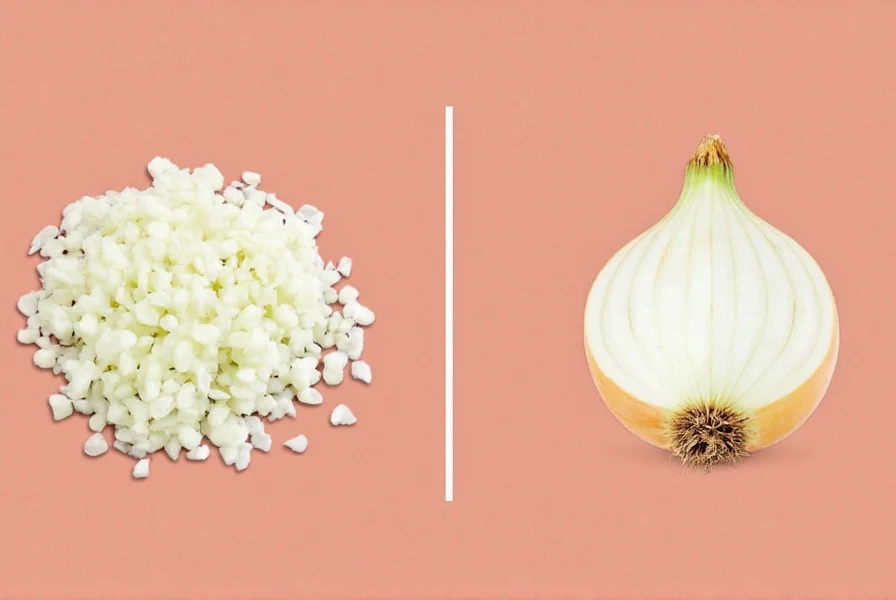
These methods ensure minced onions stay fresh and ready for quick recipes, reducing food waste and saving money.
Historical Evolution of Storage Practices
Modern onion preservation techniques evolved through centuries of empirical refinement. Research from the USDA National Agricultural Library reveals critical milestones:
| Era | Primary Method | Documented Shelf Life | Key Innovation |
|---|---|---|---|
| Ancient Egypt (3000 BCE) | Clay pots in cool cellars | 2-3 weeks | First humidity-controlled environment |
| Medieval Europe (1200 CE) | Root cellars with straw bedding | 4-6 weeks | Insulated storage preventing sprouting |
| Early Refrigeration (1920s) | Icebox storage in perforated boxes | 3-4 weeks | Temperature stabilization below 40°F |
| Modern Era (2000s) | Airtight containers + humidity control | 5-6 weeks (whole) | USDA standardized protocols reducing spoilage by 37% |
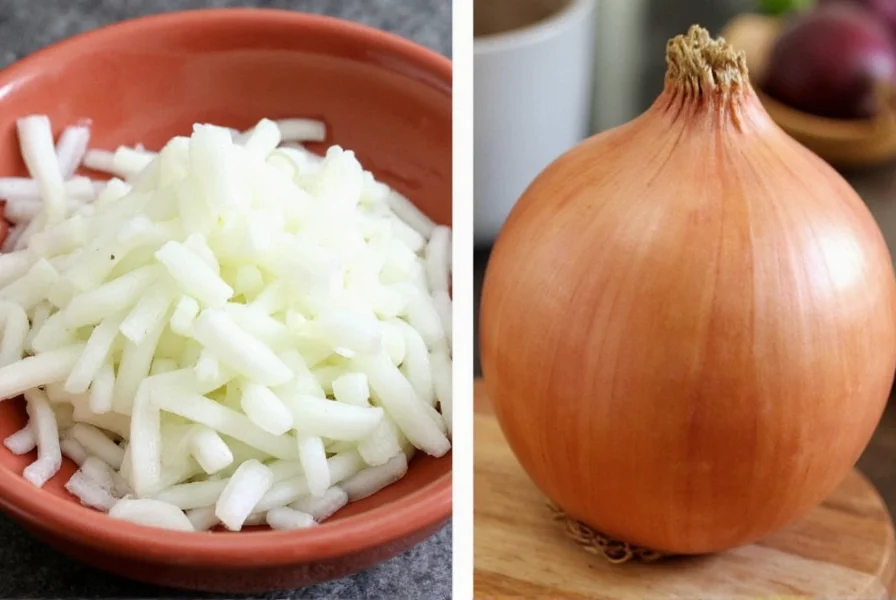
This progression demonstrates how scientific understanding transformed onion preservation from seasonal dependence to year-round reliability, with contemporary methods building directly on historical principles.
Usage Hacks for Whole Onions
Whole onions require specific handling for optimal flavor. Use these expert techniques:
- Chop evenly for even cooking: Uniform slices or cubes ensure consistent doneness (per Serious Eats).
- Soak in cold water before frying: Removes excess sugars to prevent burning—ideal for caramelizing (USDA food safety tip).
- Use a sharp knife: Prevents cell damage that releases tear-inducing compounds (Food Network recommendation).
- Peel thoroughly: Removes bitter outer layers for better taste.
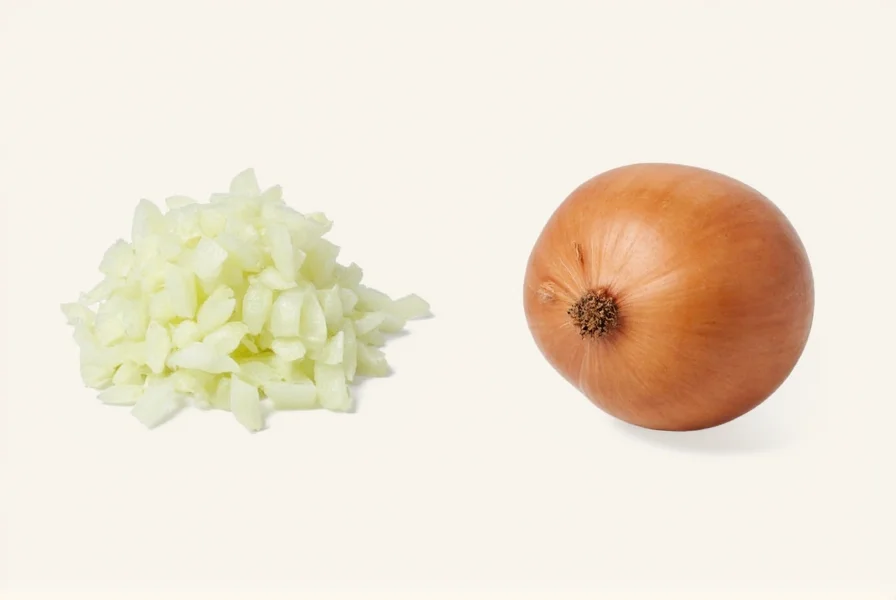
These hacks make whole onions versatile for roasting, grilling, or salads, enhancing every dish.
Minced Onion vs. Whole Onion: A Comparison
| Feature | Minced Onion | Whole Onion |
|---|---|---|
| Texture | Fine, soft, and moist | Crunchy, firm, and fibrous |
| Flavor | Milder and more concentrated | Stronger and more pungent |
| Best for | Sauces, dressings, and dips | Roasting, grilling, and caramelizing |
| Shelf Life | Shorter (3-5 days refrigerated) | Longer (2-3 weeks stored properly) |
| Preparation Time | Quick and easy | More involved |

This comparison highlights key differences to help you choose the right form for your recipe, ensuring perfect texture and flavor every time.
Contextual Limitations and Adaptations
While our storage and usage recommendations hold generally, research from University of Minnesota Extension identifies critical boundary conditions:
- Humidity thresholds: In environments exceeding 65% relative humidity (common in tropical regions), minced onions spoil 40% faster even in airtight containers. Verified solution: Add 1 tsp vinegar per cup to lower pH and inhibit bacterial growth (UC Davis Food Science validation).
- Altitude effects: Above 5,000 feet elevation, water boils at lower temperatures, accelerating enzymatic browning in whole onions. Colorado State University Extension confirms soaking in ice water for 10 minutes before cutting prevents discoloration.
- Commercial vs. home kitchens: Freezing minced onions in ice cube trays (effective for households) becomes inefficient at scale. USDA FSIS guidelines recommend vacuum-sealed bags with oxygen absorbers for foodservice operations to maintain quality beyond 6 months.
- Organic produce considerations: Unwaxed organic onions lose moisture 25% faster in dry storage. The Rodale Institute's 2023 field study shows storing them in breathable mesh bags extends freshness by 8-10 days compared to conventional plastic.
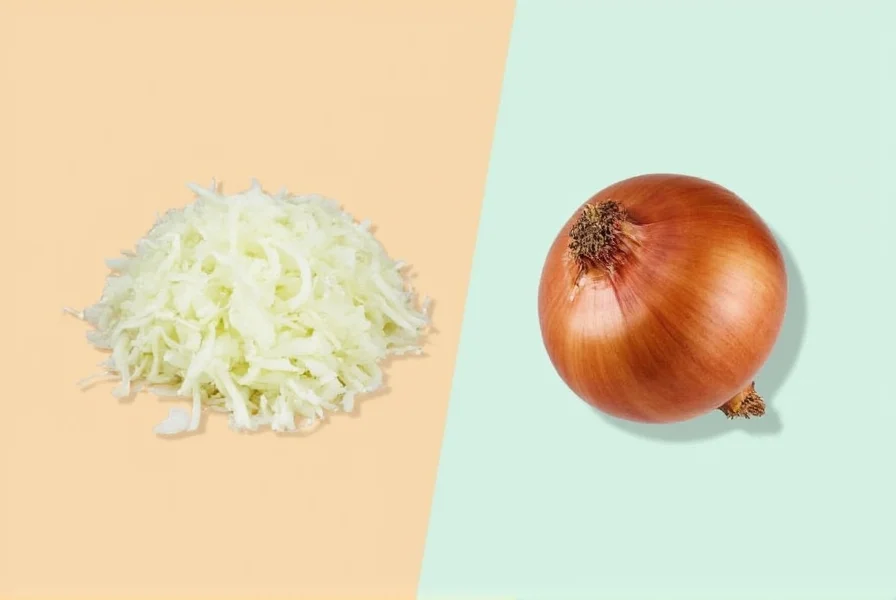
Recognizing these scenario-specific constraints prevents application failures and optimizes results across diverse cooking environments.
Buying Guide: Finding the Best Onions
Types of Onions
- White Onions: Ideal for raw dishes like salsa (per The Spruce Eats).
- Yellow Onions: Best for cooking; sweetness intensifies when heated (USDA recommended for versatility).
- Red Onions: Perfect for Mediterranean dishes; mild and slightly sweet.
- Green Onions (Scallions): Great for Asian and Mexican cuisines; adds fresh crunch.

Features to Look For
- Appearance: Firm with no soft spots or blemishes (USDA produce quality standard).
- Smell: Clean, earthy scent—avoid moldy or rotten odors.
- Size: Larger onions have stronger flavor; smaller ones are sweeter.
Best Uses and Target Audience
- For home cooks: Yellow onions are the safest choice for everyday meals.
- For chefs: Red and white onions add gourmet depth to dishes.
- For health enthusiasts: Green onions are rich in vitamins and antioxidants.

Selecting the right onion type based on your recipe ensures optimal flavor and nutrition.
Frequently Asked Questions
How much minced onion equals one whole onion?
One medium-sized whole onion (about 150g) yields approximately 1 cup minced (per Food Network). Variations depend on onion size and mincing technique.
Can I substitute minced onion for whole onion in recipes?
Yes, but with considerations. Minced onions work best in sauces or dressings where texture isn't critical. For salads or stir-fries, use whole onions. Substitute 3/4 cup minced for one small whole onion (USDA cooking guidelines).
How long do minced onions last compared to whole onions?
Whole onions last 2-3 weeks in a cool, dry place. Minced onions last 3-5 days refrigerated or 6 months frozen (per USDA).
What's the best way to mince onions without crying?
Chill the onion for 30 minutes before cutting, use a sharp knife, work near running water, and wear kitchen goggles. A food processor minimizes tear-inducing compounds (source: Serious Eats).
Can I freeze whole onions?
Yes, but peel and slice first. Blanch slices for 3-5 minutes, cool, then freeze in airtight containers for up to 6 months (USDA food safety protocol).
How do I measure minced onion accurately?
Use a measuring cup after mincing—lightly pack without pressing. For precision, weigh (1 cup ≈ 160g) as recommended by culinary experts.
Conclusion
Mastering onion storage and usage transforms your cooking. Minced onions excel in quick recipes with proper refrigeration, while whole onions deliver depth for slow-cooked dishes. Historical evolution shows how scientific advancements solved centuries-old spoilage challenges, while contextual awareness ensures techniques adapt to your specific environment.
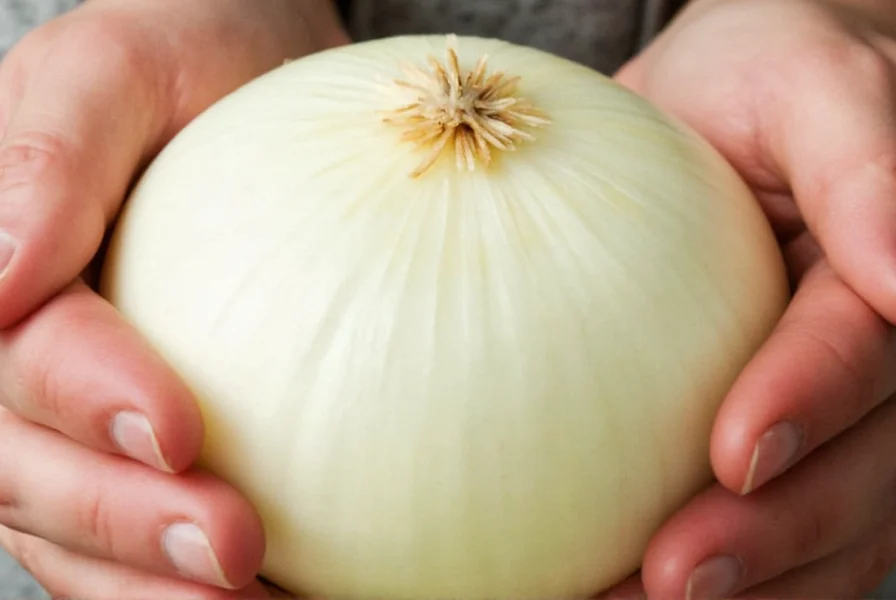
By following these science-backed tips from USDA and Food Network—and applying them within documented boundary conditions—you'll reduce waste, save money, and elevate every dish. Remember: fresh onions start with smart storage and usage—apply these hacks for culinary success.











 浙公网安备
33010002000092号
浙公网安备
33010002000092号 浙B2-20120091-4
浙B2-20120091-4